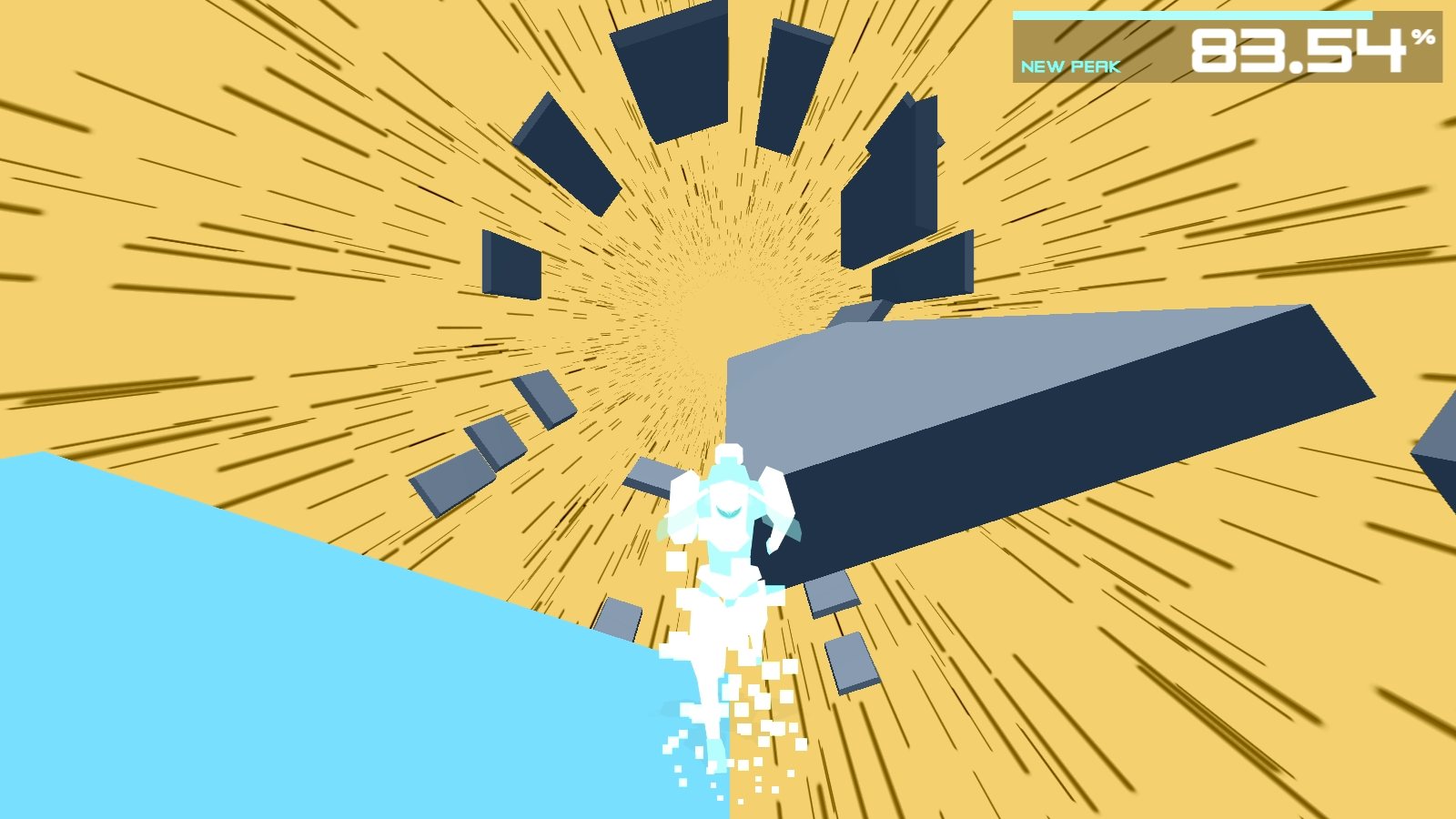

We extend the method to compute two-particle response functions and apply our approach to investigate the origin of an interesting type of superconducting pairing, emerging from a bad metallic state due to strong electronic interactions.īy computing the pairing interaction between electrons, including all the scattering channels, we show that the superconducting pairing is mediated by the fluctuations (creation and annihilation) of the local electron pairs, which breaks the conservation of the local particle number. Our method is based on the rotationally invariant slave-boson framework, which is an efficient and reliable approach to study the electronic correlation effects in materials. Here, we develop an efficient theoretical approach for studying the two-particle response functions in strongly correlated systems, allowing for the investigation of arbitrary phase transitions induced from local electronic correlation effects.

However, the methodologies for calculating these response functions for strongly correlated materials are usually computationally intensive, hindering applications to material design. Two-particle response functions are essential for describing how electrons pair up in unconventional superconductors.

Our approach paves the way for investigating the pairing mechanism in realistic correlated materials. On the other hand, the particle-hole spin fluctuations induce the s-wave pairing instability before entering Hund’s regime. By computing the pairing interaction considering the particle-particle and the particle-hole scattering channels, we identify the mechanism leading to the pairing instability around Hund’s metal crossover arises from the particle-particle channel, which contains the local electron pair fluctuation between different particle-number sectors of the atomic Hilbert space. The method is applied to the degenerate three-orbital Hubbard-Kanamori model for investigating the origin of the s-wave orbital antisymmetric spin-triplet superconductivity in Hund’s metal regime, previously found in the dynamical mean-field theory studies.
#BOSON X PATRTICLE FREE#
Best of all, it is completely free and also includes online leaderboards.We develop an efficient approach for computing two-particle response functions and interaction vertices for multiorbital strongly correlated systems based on the rotationally invariant slave-boson framework. This means you have to judge every jump perfectly, calculating how far you need to go to land on the next platform while predicting which direction you'll need to move in further ahead.īoson X is a platform game with highly entertaining gameplay, which also has some outstanding graphics and technical elements. The trick is that the longer you press the button, the further you jump. Meanwhile, the ground platforms appear and disappear as you go. Although the goal is to run nonstop and try to get as far as possible, to do so you have just three buttons: jump left, jump right, and jump center. Gameplay in Boson X is similar to that of other 3D 'endless runner' games, but with a few small differences. Boson, who must run nonstop through a particle collider in order to discover mysterious and unknown particles. Boson X is a platform game where you control a teacher, Mr.


 0 kommentar(er)
0 kommentar(er)
